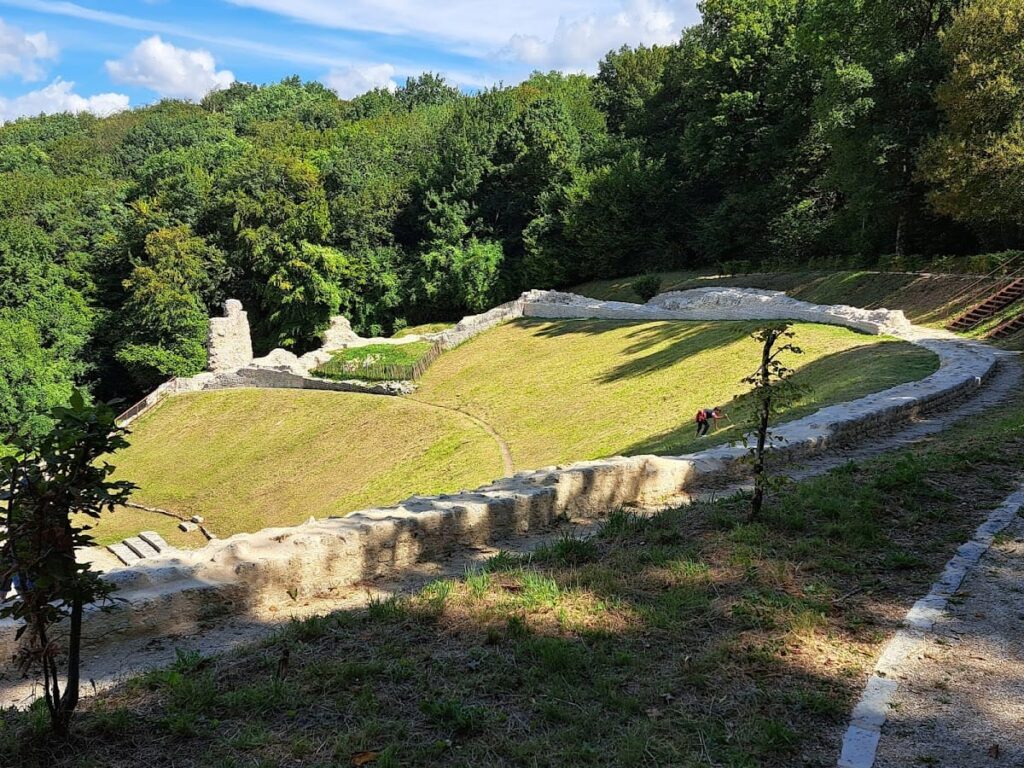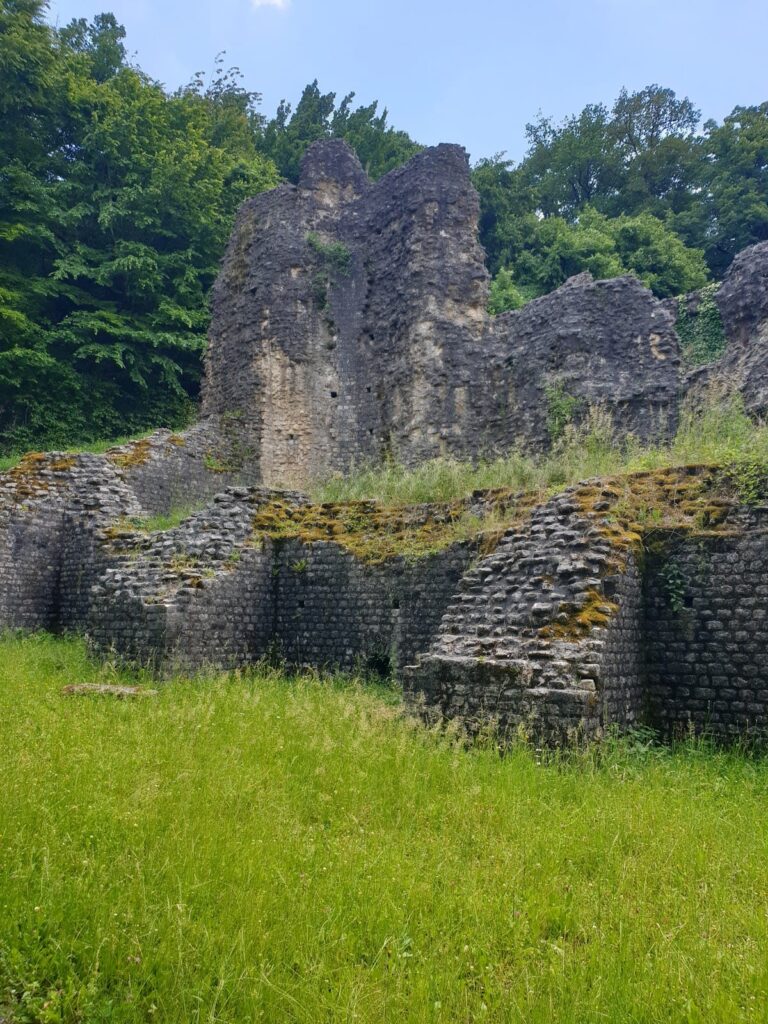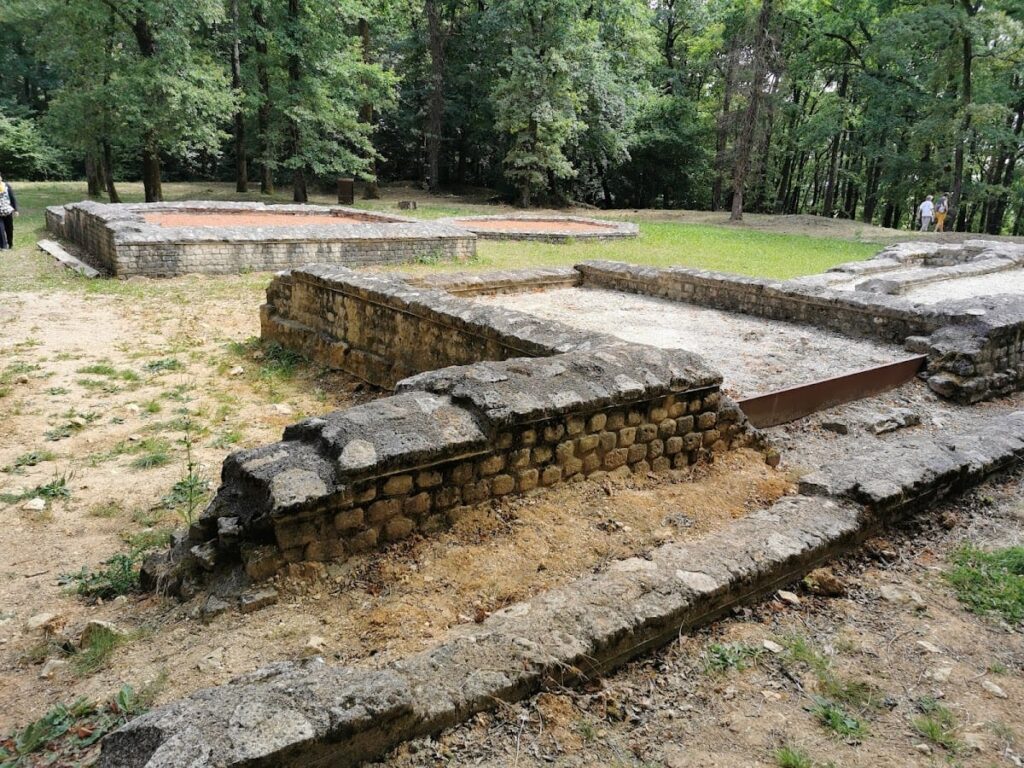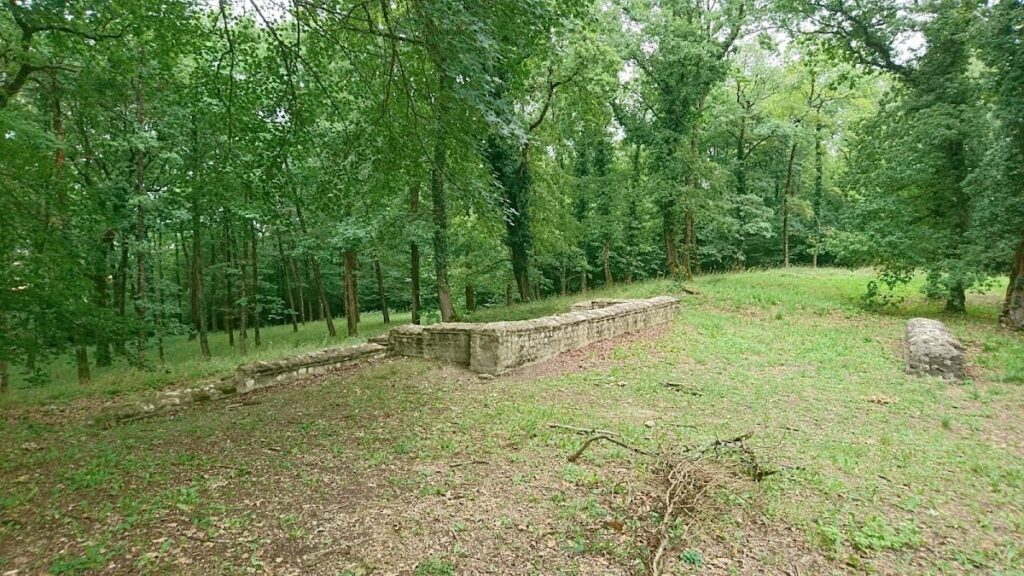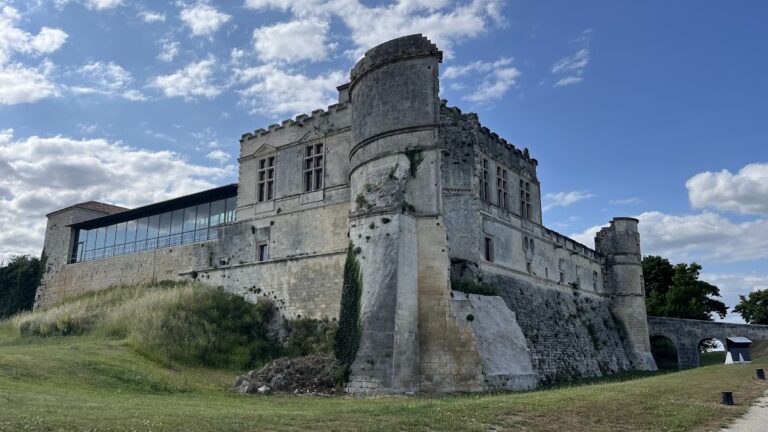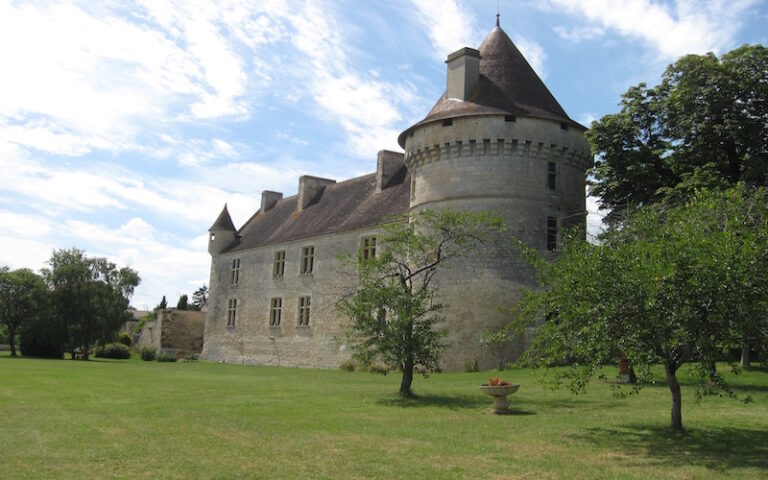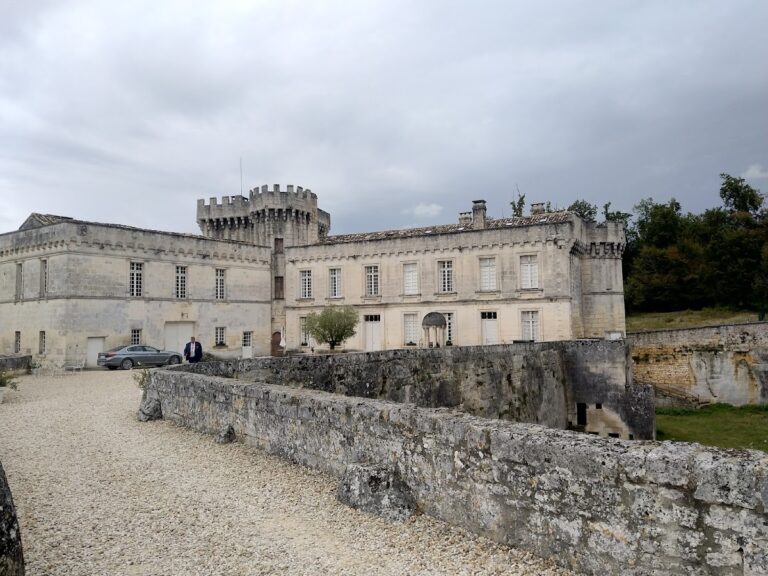Gallo-Roman Theatre at Les Bouchauds: A Historic Site in Saint-Cybardeaux, France
Visitor Information
Google Rating: 4.6
Popularity: Low
Google Maps: View on Google Maps
Official Website: www.eigr-bouchauds.fr
Country: France
Civilization: Roman
Remains: Entertainment
History
The Gallo-Roman theatre at Les Bouchauds is located in Saint-Cybardeaux, within the Charente department of southwestern France. It was constructed during the early Roman Empire in the 1st century AD by the Romans, positioned near the crossing of two Roman roads. These roads included the Agrippa road, known as the Chemin des Romains, which connected Saintes to Lyon. The site likely served a settlement and market area identified in ancient itineraries as Sermanicomagus or Germanicomagus.
The theatre and its surrounding settlement grew during the 1st and 2nd centuries AD, reflecting a blend of local Celtic traditions and Roman imperial culture. The theatre was primarily used for ceremonies related to the imperial cult, honoring the emperor, rather than for theatrical performances. This religious function linked the local community to the broader Roman state.
By the 3rd century, the theatre underwent architectural modifications, including added seating and passageways. However, by the 4th century, the site was abandoned. Over time, nature reclaimed the ruins, leaving only masonry visible.
The theatre was rediscovered in 1865 by Jean Gontier, who conducted initial excavations and secured its protection as a historic monument in 1881. After Gontier’s death in 1894, the site was purchased in 1900 by Solange Laporte-Bisquit. She commissioned further excavations led by Camille de La Croix, a Belgian Jesuit archaeologist experienced in Gallo-Roman sites. Excavations resumed from 1974 to 1995, revealing additional remains of a secondary settlement, including dwellings and a sanctuary.
The sanctuary, located atop the hill near the theatre, was classified as a historic monument in 1992. It illustrates the coexistence of Celtic and Roman religious practices, complementing the theatre’s role in imperial cult ceremonies.
Remains
The site features a large Gallo-Roman theatre carved into the northeast slope of a limestone hill at 154 meters elevation. It is the largest theatre in the Aquitaine region, with a diameter of 105.6 meters, capable of seating between 5,000 and 6,000 spectators. The theatre’s seating area, or cavea, is divided into two semicircular sections. The lower boundary is marked by a low wall, while the orchestra, a semicircular space traditionally used for chorus performances, contains three rows of stone seats.
No stone seats were found in the cavea itself; instead, numerous nails suggest that wooden benches were installed there. Prestigious citizens likely occupied the stone seats in the orchestra, which was adapted for imperial cult ceremonies. The stage area probably displayed imperial effigies facing the audience, with religious games performed in the orchestra to symbolize the connection between local communities and the emperor.
In the 3rd century, the theatre was modified with additional rows of seats in the orchestra and new passageways connecting the orchestra and cavea.
Above the theatre, the sanctuary occupies a hilltop with two enclosures containing temples from different periods. The eastern enclosure holds the foundations of an octagonal temple reflecting Celtic architectural tradition and a rectangular Greco-Roman style temple with a pronaos (porch) and cella (inner chamber), both dating from the 1st century AD. The octagonal temple yielded numerous 1st-century coins, interpreted as foundation offerings.
The larger western enclosure contains two identical fana, or small temples. Although no inscriptions have been found, a gold-leafed silver statue of Mercury was discovered nearby. Its connection to local worship remains uncertain due to the complex archaeological context.
Additional finds at the site include coins ranging from the late 1st century BC through the reign of Marcus Aurelius, indicating continuous occupation from the late Gaulish period into the Roman imperial era. Archaeological sondages have identified remains of Roman baths, while the residential area associated with the settlement has yet to be fully excavated.
